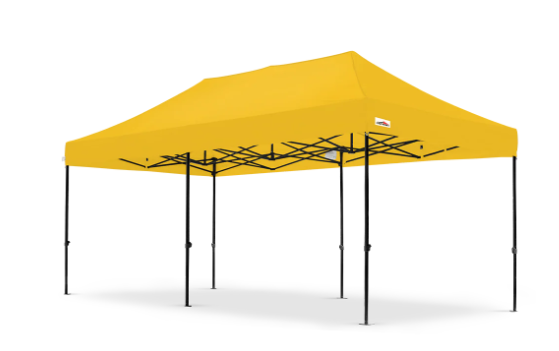
BSE MIDCAP
Introduction
The Bombay Stock Exchange MidCap Index, commonly referred to as the BSE MidCap, is an important indicator of the Indian stock market’s health as it provides data about how well mid-sized businesses listed on the BSE are doing. With relation to market size, these firms often sit in between both of the two categories. We will go into further detail regarding the BSE midcap in this post.
Component and Calculation Approach
The medium-sized company stocks that collectively make up the BSE MidCap Index are grouped relative to market capitalization. A corporation’s stock price is multiplied by the quantity of outstanding shares to determine the value of the market. Companies that fall within a particular range in terms of market capitalization frequently appear in the mid-cap group.
The index is calculated using a free-float market capitalization-weighted formula. Promoters’ holdings, governmental holdings, and other significant holdings cannot be taken into account by free-float market capitalization, which only takes into account shares that are accessible for public trade. This technique ensures that the index accurately reflects these mid-cap firms’ trading action and public control.
Sector Presence and Diversity
The BSE MidCap Index has a number of major benefits, including sector diversity. It contains businesses from a range of industries, including manufacturing, healthcare, consumer products, and finance. Due to the fewer chances that performance fluctuations in one sector would significantly affect the overall index, variety reduces concentration risk.
Benchmark & Performance Evaluation
The Indian mid-cap stocks’ performance will be assessed using the BSE MidCap as a benchmark. Investors and fund managers use it to assess the success of their mid-cap holdings and decide which investments to make. Investors can figure out how well their mid-cap assets are doing compared to the overall market by comparing the returns on their investments to the index’s overall performance.
Hazard and Return Profile
A distinct risk-reward profile is associated with investing in mid-cap equities, especially those listed on the BSE MidCap. Compared to large-cap companies, mid-cap stocks are recognized for their potential for growth and potential for larger profits. However, more volatility and risk go hand in hand with this possibility for profit. Mid-cap stocks are particularly susceptible to market mood and economic situations since they are subject to substantial fluctuation in prices over less time spans.
Legal Conditions
Investors in mid-cap companies, especially those registered on the BSESensex, must keep up with changes and developments in the regulatory framework that might have an influence on the market. Changes in regulations may have an impact on mid-cap firms’ business circumstances, compliance needs, and investment ecosystem as a whole.
Conclusion
The BSE MidCap Index, providing useful information on the performance of mid-sized firms, is a vital part of the Indian stock market, it may be said. Before contemplating making investments in this market, investors who want to invest in mid-cap companies should carefully analyse their risk appetite, time horizon, and diversifying requirements. When working with the mid-cap companies covered by the BSEMidCap, extensive investigation and the development of a clear investing plan are required. Those looking for a glimpse into India’s vibrant mid-cap sector have an uncommon opportunity with it, but it also presents a unique combination of potential and risks.
Write and Win: Participate in Creative writing Contest & International Essay Contest and win fabulous prizes.


